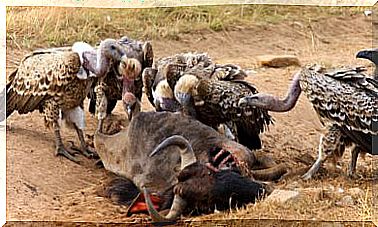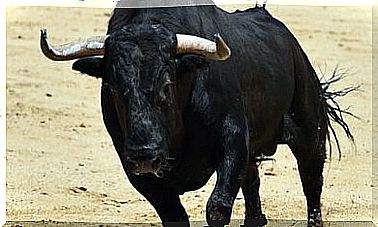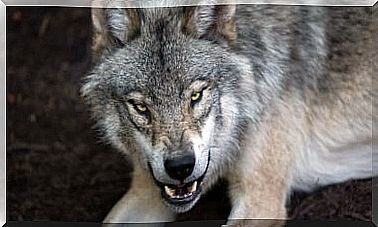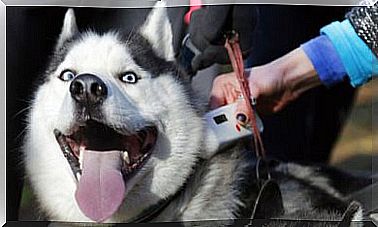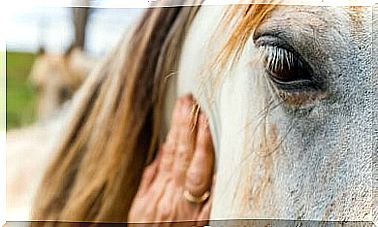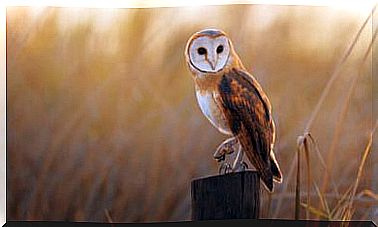Exhibition Arenas: Leks And Sexual Selection
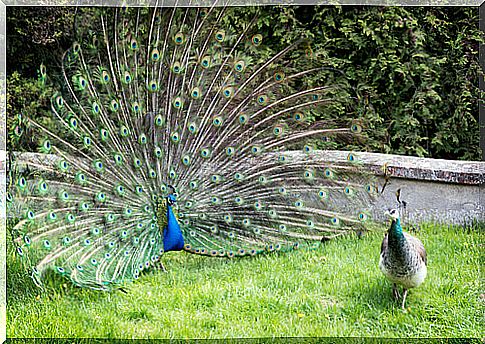
Nature is unforgiving: success in the animal world comes with inherent risk, something known as a trade off or compromise. And one of the forces of selection that define the natural world is “sexual selection.”
Below we will tell you more about these terms and to what extent they relate to reproductive success in the animal world. Both natural selection and sexual selection act on the ability to leave offspring in animals, since this is their ultimate vital purpose. Therefore, there are various strategies in nature to maximize the attention of females.
The most successful males will be represented in future generations, so in many cases it is even better for them to risk their own lives to find a mate.
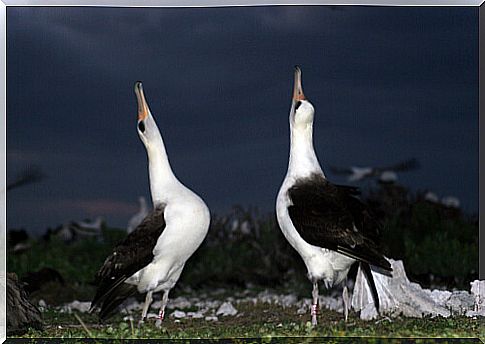
Many animals are capable of doing anything for sex
Sexual selection acts on the ability of organisms to reproduce. This force is conditioning enough that some animals exhibit traits that complicate their chance of survival. An example that we all know is that of peacocks, which display their quirky and colorful tails to dupe potential mates, but also increase the risk of being spotted by a predator.
There are other examples in the natural world where males show their interest and validity to females: from bridal gifts to colorful nest constructions. But what happens when males compete head-to-head for the love of their fiancées?
The Leks: Real Battlegrounds
The term lek refers both to a physical place where males of a species gather to attract females and to the behavioral displays that they carry out. Leks are typical of birds, but they are also present in mammals, fish, amphibians, and insects.
In these arenas the males adopt a hierarchical order. The alpha male occupies the central area with the best vision and defends a few meters of territory. The rest of the males are grouped according to their strength, and the weakest are relegated to areas of less attractiveness and visibility.
Once the terrain has been chosen, it is time to give everything. The males begin to make displays and dances, orderly movements, songs and calls … All in order to capture the attention of their female suitors. This, of course, is associated with a price to pay: in grouse ( Centrocercus urophasianus ) studies have shown that energy expenditure increases linearly with the frequency of dances and displays. The males that mate the most are the ones that move the most, so effort pays off.
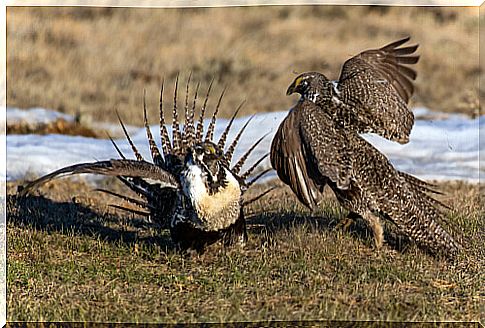
A question of genes
Females walk through the leks like a shopper, but how do they end up choosing suitors?
Preference in the natural world is simply summed up: genetics. The most visible and energy-intensive males in their movements and displays are sending a clear message, “I am stronger than the rest,” thus putting sexual selection into effect.
Studies have shown that in the black grouse ( Lyrurus tetrix) there was a correlation between the vigor of the males and their chances of survival. So the choice seems simple: females choose the most striking males because they carry stronger genes that will give their offspring a better chance of survival.
The females have a clear goal: get the dominant male’s sperm and leave as quickly as possible. They will take care of the offspring alone, so the leks strategy is only contemplated in species in which there is no parental care by the male. They do not gain anything by being faithful to their mates as the males will not take care of the young, so they can afford to look for the best of all and then abandon him.
Leks in the Iberian Peninsula: the Great Bustard
All this information may seem far away to us, typical of tropical or savanna animals … but we have good news, there are leks in the peninsula!
The great bustard ( Otis dela) exhibits this unique method of courtship, and can be seen in areas of low, dry grass on the central plateau from March on.
The males perform a courtship “in a wheel”, in which they strut, swelling their throats, hiding their heads and ruffling their feathers while performing cyclical movements. This is truly fascinating reproductive behavior that can be enjoyed live, but always under the supervision of wildlife experts.
Sexual selection is a force that conditions everything
Sexual selection is a force that determines the forms and behaviors of all wild animals. That is why in the natural world we find such strange shapes, striking colors or strident songs. The process is based on intraspecific competition (between males of the same species) and the ultimate goal, in giving rise to the maximum possible offspring. The males who take the most risk will be the most successful, but they will also come within range of their predators.
The leks are a clear example of this selection force. When exhibited as if it were a showcase, it is evident that the most striking and daring will be the most represented in future generations.

